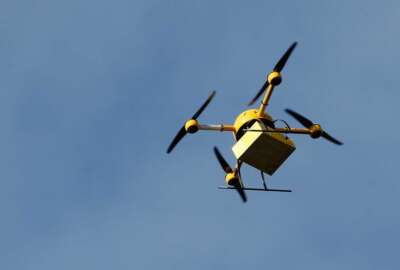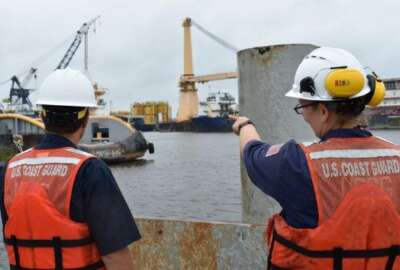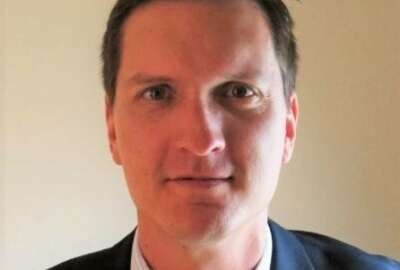

TSA is trying figure out the best way to improve the way it pays its employees, while reducing attrition and boosting retention.
In May, a blue-ribbon panel of experts identified a series of longstanding and difficult workforce challenges facing the Transportation Security Administration. Chief among those was pay. Now TSA is trying figure out the best way to improve the way it pays its employees, while reducing attrition and boosting retention.
Currently, entry-level TSOs typically begin at the “D pay band,” where salaries range from $28,668 to $40,954, according to TSA. Security officers have the potential for a promotion to an “E pay band,” where salaries range from $32,920 to $47,084.
“We have a wonderful set of authorities under the Aviation Transportation Security Act asset that lets us have much greater flexibility in how we pay, what we pay, where we pay it, than anything the general schedule offers,” said Patricia Cogswell, deputy administrator for TSA. “What the blue ribbon panel correctly noted is TSA has not taken full advantage of all of those authorities. So for example, we can have a different rating process, we can have a different way of incentivizing longevity, we can have different pay based on locations that have higher retention issues in a way that is much simpler to accomplish, or may not even be able to be accomplished under the general schedule.”
One of the main issues driving dissatisfaction with the current pay scheme, Cogswell said, is the lack of longevity pay. Essentially, the longer you’re at an organization, the more you’d get paid. TSA currently does not have such a system. The General Schedule, on the other hand, does include longevity pay, which Cogswell said is the primary motivation behind the push to move to that pay scheme.
But she said the General Schedule is not the only way to achieve longevity pay, and TSA is looking into other authorities to make that happen. In its May report, the blue-ribbon panel also recommended against switching TSA to the General Schedule.
“So this is a topic we are directly working with the administration with Congress to see what options may be available,” Cogswell said. “As the administrator noted in his testimony, this is not a matter of authority. This is a matter of budget. So we will need to have support through both of those processes in order to resolve that issue.”
This is part of a bigger push by TSA to improve the morale of its workforce through human capital reforms. At the end of May, TSA released details on a new performance management system that will go into effect on Oct. 1 this year.



“So most of the standards that our screening workforce look to are, ‘Are you able to identify the right things in the X ray systems? Are you able to identify threats, exercise right protocols, follow our standard operating procedures, ensure you’re interacting with the public the way we expect them to?’” Cogswell said. “Those kinds of elements, to make sure they’re performing all of the security duties we need in the way that best informs and influences security.”
The goal, she said, is to make it as easy as possible for TSOs to understand what is expected of them.
“So in order to qualify for essentially the same bonus, same structure, same eligibility for pay increase, we are simplifying what those requirements are to make it clear that the vast, vast majority of our employees are truly doing what we need to do,” Cogswell said.
The second element of this new performance management system is the institution of a “model officer” program. This will be used to single out TSOs who go above and beyond minimum expected standards, and really excel in some particular area.
“So there will be a range types of recognition that come as a result, an individual who best identifies a covert test, and accurately identifies all potential threats, will be singled out as an eagle eye,” Cogswell said. “Someone who has done absolutely exceptional work, someone who goes above and beyond in caring for one of our customers who needs special attention, perhaps because of a disability or other issue, will receive recognition through that program.”
The blue-ribbon panel found that there’s currently a perception within the TSA workforce of favoritism and unequal levels of respect from TSA management. Cogswell said this program should actually help to improve that perception. First, it would be a rotating model, where different TSOs could be recognized throughout the year as appropriate. And second, simplifying the standards required of TSOs will help to inject more transparency into the process of recognition.
“Our goal is to make it as easy as possible for our officers to understand what we are trying to accomplish,” Cogswell said.
Copyright © 2025 Federal News Network. All rights reserved. This website is not intended for users located within the European Economic Area.
Daisy Thornton is Federal News Network’s digital managing editor. In addition to her editing responsibilities, she covers federal management, workforce and technology issues. She is also the commentary editor; email her your letters to the editor and pitches for contributed bylines.
Follow @dthorntonWFED
